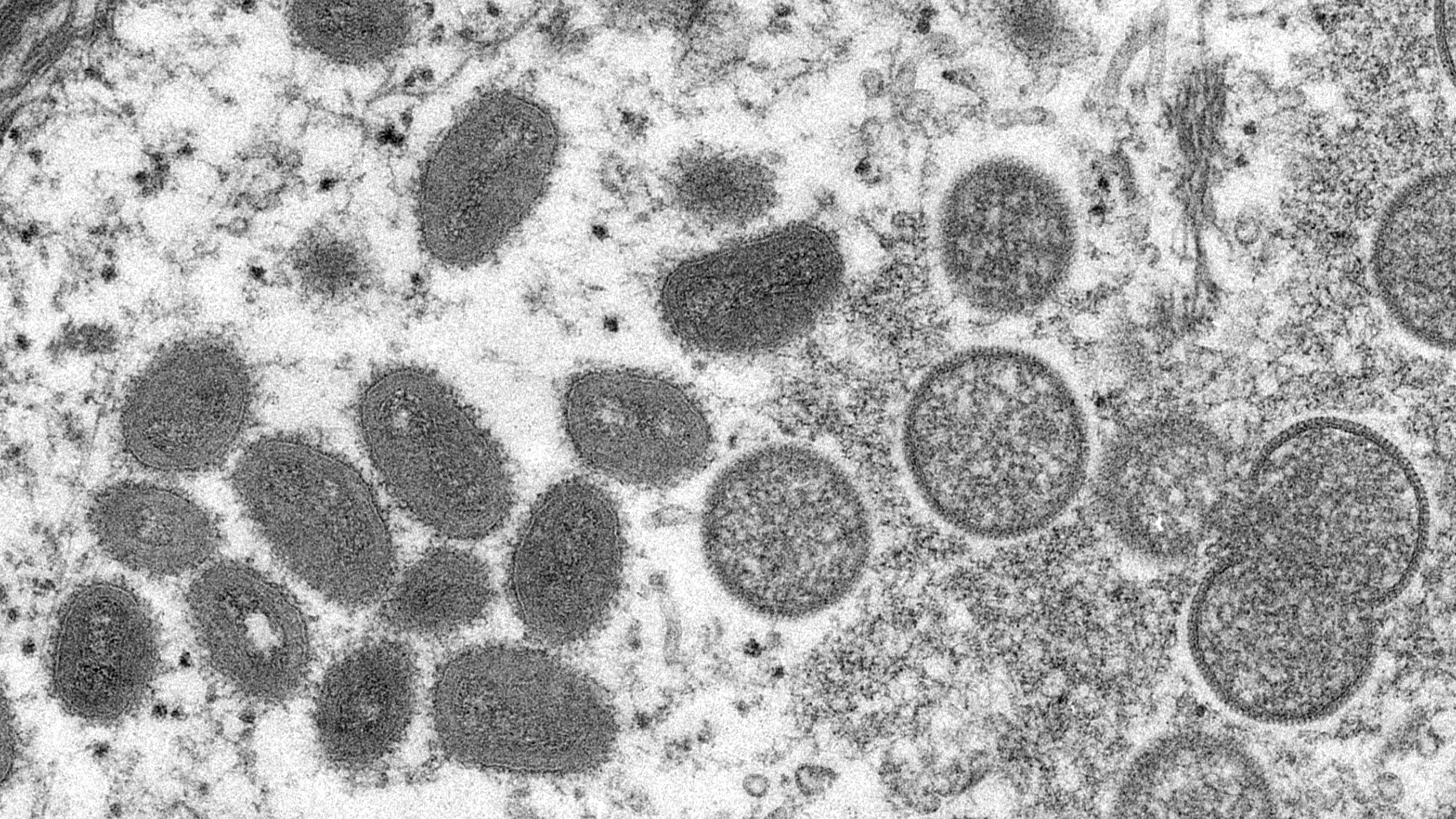Monkeypox outbreaks tied to sex at 2 raves in Europe
Most of those infected are men who have sex with men.

The current outbreaks of the monkeypox virus in Europe and North America might have originated and spread through sex at two raves in Spain and Belgium, an advisor for the World Health Organization (WHO) told the Associated Press on Monday (May 23).
To date, more than 100 cases of the smallpox-related virus have been reported, with the majority of cases being reported in Spain, Portugal and the U.K., according to the WHO.
"We know monkeypox can spread when there is close contact with the lesions of someone who is infected, and it looks like sexual contact has now amplified that transmission," David Heymann, an infectious disease epidemiologist and WHO advisor, told the Associated Press.
In Central and West Africa where monkeypox is endemic, the virus typically spreads from wild animals — including rodents and primates — to humans, the AP reported.
Related: Monkeypox outbreaks: Here's everything you need to know
Most of the reported monkeypox cases in Europe to date are in men who have sex with men, the CDC reported. "the nature of the presenting lesions in some cases, suggest transmission occurred during sexual intercourse," the European Centre for Disease Prevention and Control said in a statement.
Even so, any close contact with an infected person or their clothing or bedding can transmit the virus, health officials said. "Human-to-human transmission occurs through close contact with infectious material from skin lesions of an infected person, through respiratory droplets in prolonged face-to-face contact, and through fomites [contaminated objects]," according to the ECDC.
Sign up for the Live Science daily newsletter now
Get the world’s most fascinating discoveries delivered straight to your inbox.
So far, most of the cases have been mild, the ECDC said.
"Most of the current cases have presented with mild disease symptoms, and for the broader population, the likelihood of spread is very low," ECDC director Andrea Ammon said in another statement on May 23. "However, the likelihood of further spread of the virus through close contact, for example during sexual activities among persons with multiple sexual partners, is considered to be high."
Symptoms of monkeypox include fever, chills, fatigue, muscle aches and headache, along with swollen lymph nodes, according to the Centers for Disease Control and Prevention (CDC). At about day 1 to day 3, infected individuals tend to develop a rash that spreads from the face across the body and transforms from light brown spots (called macules) to raised bumps (papules) to pus-filled pimple structures called vesicles and pustules. The disease tends to resolve on its own after two to four weeks. The ECDC recommends that infected people should isolate themselves until the scabs fall off.
Though monkeypox is typically mild, it can cause severe disease in young children, pregnant women and immunosuppressed individuals, the CDC said.
As of May 21, there are 92 confirmed monkeypox cases and 28 suspected cases outside of Africa in 10 European countries, as well as in the U.S. and Canada, the WHO reported.
Originally published on Live Science.
Jeanna Bryner is managing editor of Scientific American. Previously she was editor in chief of Live Science and, prior to that, an editor at Scholastic's Science World magazine. Bryner has an English degree from Salisbury University, a master's degree in biogeochemistry and environmental sciences from the University of Maryland and a graduate science journalism degree from New York University. She has worked as a biologist in Florida, where she monitored wetlands and did field surveys for endangered species, including the gorgeous Florida Scrub Jay. She also received an ocean sciences journalism fellowship from the Woods Hole Oceanographic Institution. She is a firm believer that science is for everyone and that just about everything can be viewed through the lens of science.
Flu: Facts about seasonal influenza and bird flu
What is hantavirus? The rare but deadly respiratory illness spread by rodents










